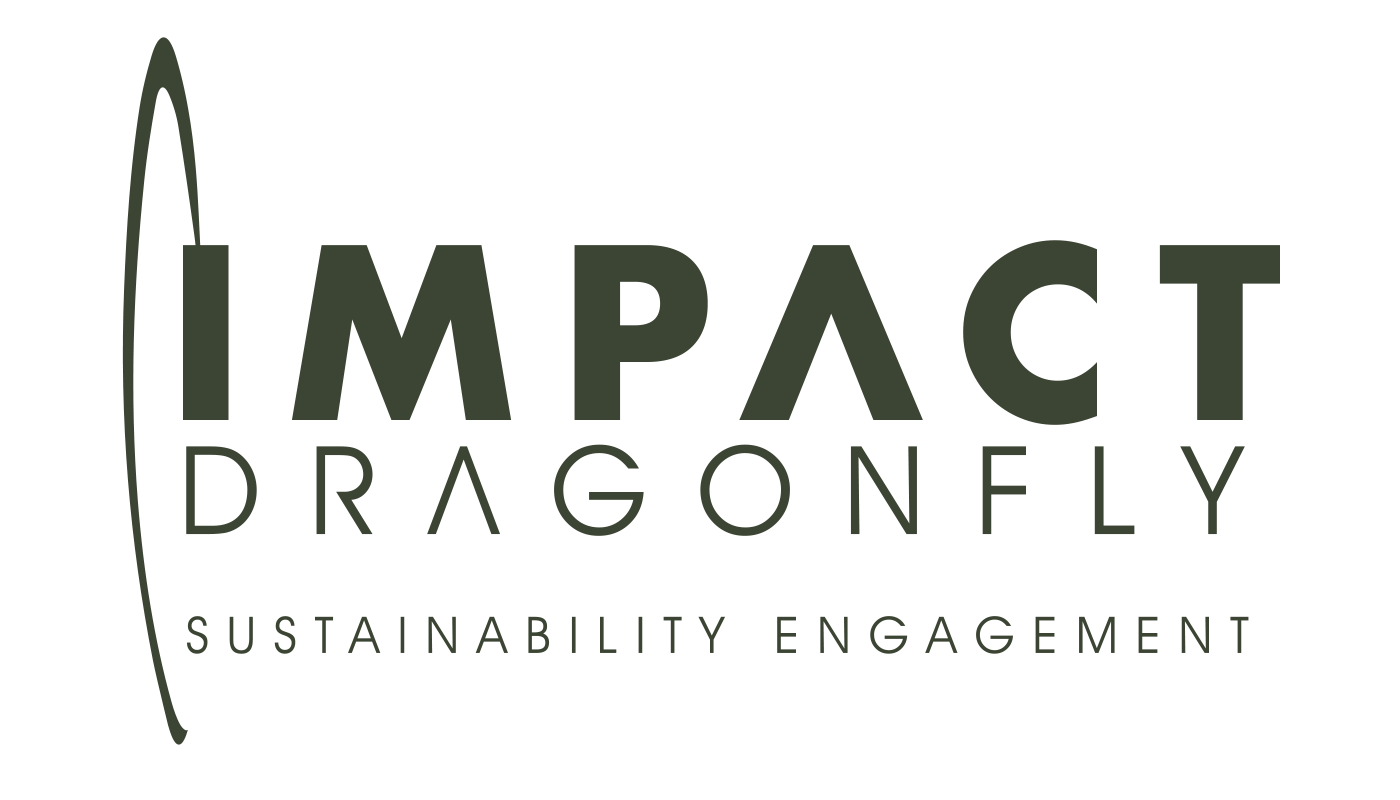Environmental and social impacts of the fashion industry
When we think of industries that are having a harmful effect on the environment, manufacturing, energy, transport and even food production might come to mind. But the fashion industry is widely believed to be the second most polluting industry in the world.
The fashion industry affects so many of the global sustainability challenges we are faced with in today’s world.
To make this an easy read I have listed the impacts the industry is having on areas which we are all striving to positively influence either at home or through our workplaces.
Water
It takes 2,000 gallons of water needed to make one pair of jeans.
93 billion cubic metres of water, enough for 5 million people to survive, is used by the fashion industry every year.
Fashion industry produces 20 per cent of global wastewater.
Greenhouse gas emissions
Clothing and footwear production is responsible for 8% of global greenhouse gas emissions.
Clothing production doubled between 2000 and 2014.
Every second, the equivalent of one garbage truck of textiles is landfilled or burned.
Modern slavery
Many garment factory workers face long hours, often without rest days or contracts.
Buildings might be badly modified for commercial use, with no fire extinguishers, poor electrical wiring, blocked fire exits and barred windows.
Attempts to form trade unions are suppressed, sometimes violently. Workers who are injured, and the families of those who are killed, receive little compensation.
Biodiversity loss
Change resulting from agriculture for producing cotton, viscose, wool, rubber, leather hides or any other natural fibre. For example, fashion is a significant contributor to global deforestation with around 150 million trees logged every year to be turned into cellulosic fabrics, such as viscose.
It is suggested that 20% of global freshwater pollution comes from the wet processing of the textile industry. Wet processing includes the scouring, bleaching, dyeing, printing, and finishing of raw textiles which are water and chemical intensive processes.
So, why is this industry which is so damaging continuing to grow at a rapid pace?
Fast fashion came into our language in the 1990’s when Spanish apparel company Zara arrived in New York and described the brands mission;
We will take only 15 days for garment to go from design stage to being sold in stores.
The fast fashion business model involves rapid design, speedy production, distribution and marketing which allow brands and retailers to have greater variety of products in store – allowing consumers to get up to date fashion quickly and more importantly at a cheap price.
This model drives consumers to continuously purchase cheap clothing and discard quickly.
Unfortunately, fast fashion retailers have no real vested interest or incentives to change their existing business models and so it will be up to US the consumers to change our purchasing habits and hope that the retailers catch up!
Simple things we can do to make a difference today.
Buy second hand or clothes swap with friends and family.
Learn how to mend or even sew your own using recycled material.
Challenge yourself to only buy what you need and try not to get taken in by sales or commercial offers encouraging you to buy more!
Check out the infographic below to see just how much it takes of our natural resources, emittance of GHGs and the detriment of human life, just to put a new tee shirt on our backs.


